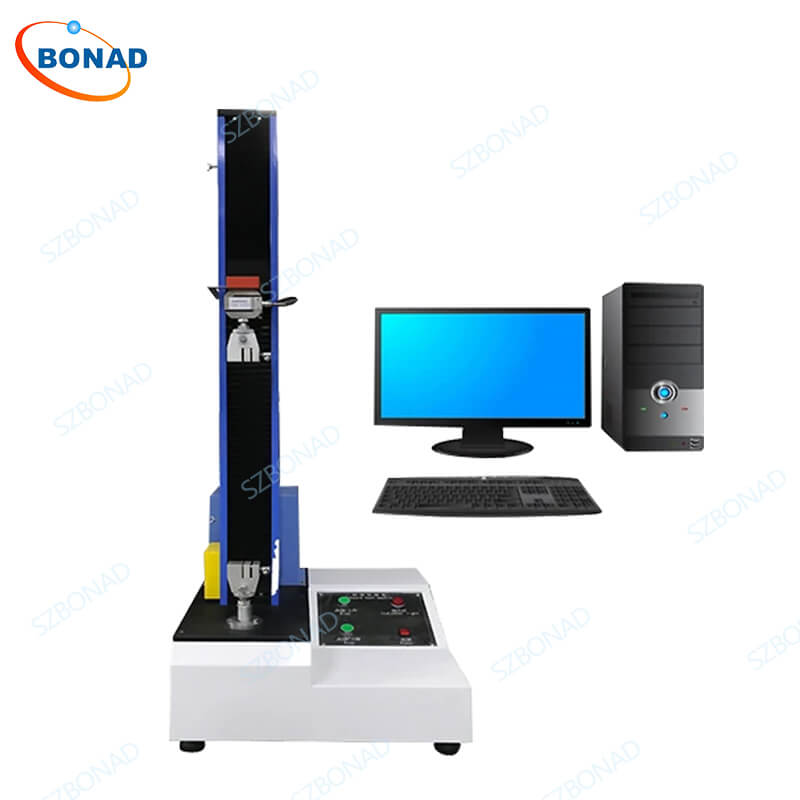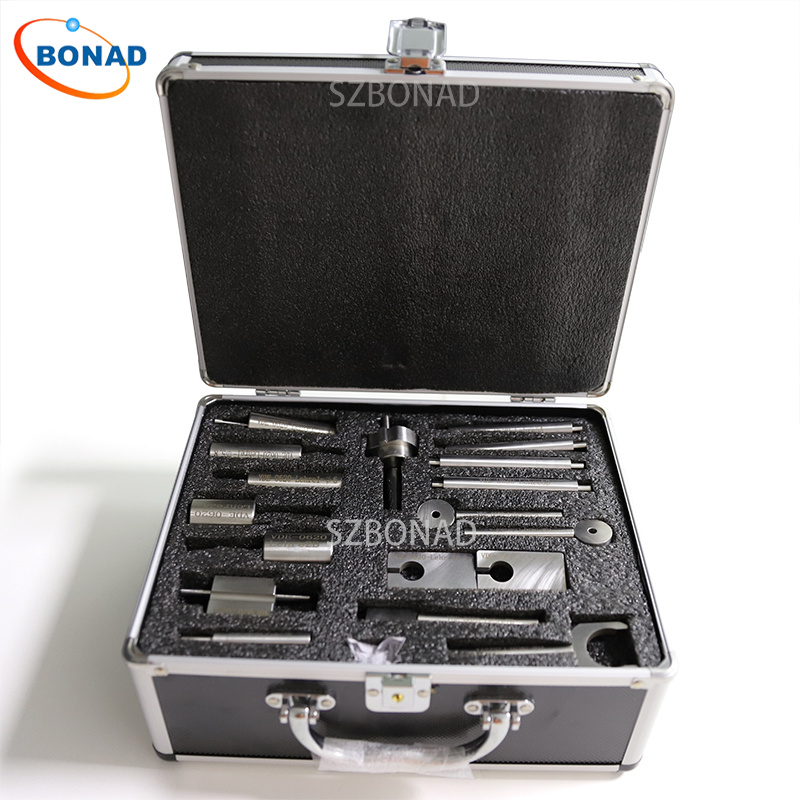Metallography and metal testing are vital methodologies employed to investigate the microstructure, mechanical attributes, and composition of metallic substances. These techniques offer crucial insights into the quality, performance, and behavior of metals, supporting research in materials science, product innovation, and quality assurance. Let’s delve into these domains:
Metallography
Metallography involves examining the microstructure of metals and alloys through optical and electron microscopy. This process includes preparing, inspecting, and analyzing metal samples to unveil their internal configurations. The primary steps in metallography encompass:
- Sample Preparation: Metal specimens are meticulously cut, mounted, and polished to achieve a flat, smooth surface suitable for analysis.
- Etching: Chemical reagents are applied to the polished surface to accentuate microstructural features, exposing grain boundaries, phases, and inclusions within the metal.
- Microscopic Examination: The prepared samples undergo scrutiny under optical or electron microscopes to assess their microstructure.
Through metallography, one can gain information regarding grain size, grain boundaries, phases, inclusions, segregation, and other structural characteristics. It is instrumental in evaluating material homogeneity, identifying defects, studying heat treatment impacts, and understanding how materials react to mechanical and thermal processes.
Metal Testing
Metal testing encompasses assessing the mechanical, physical, and chemical properties of metallic materials. This testing is essential for verifying the quality and performance of metals across various applications. Common methods of metal testing include:
- Tensile Testing: Evaluating tensile strength, yield strength, and elongation under tensile stress.
- Hardness Testing: Measuring a material’s resistance to indentation or scratching using techniques such as Brinell, Vickers, or Rockwell hardness tests.
- Impact Testing: Assessing a material’s energy absorption capability under sudden impact through Charpy or Izod tests.
- Compression Testing: Determining compressive strength and behavior when subjected to compressive forces.
- Fatigue Testing: Evaluating resistance to failure under repeated cyclic loading.
- Corrosion Testing: Examining resistance to corrosion under different environmental conditions.
- Chemical Analysis: Investigating metal composition using methods like optical emission spectroscopy (OES) or energy-dispersive X-ray spectroscopy (EDS).
Metal testing is pivotal for ensuring metals conform to industry standards and specific application requirements. It aids manufacturers in selecting appropriate materials, enhancing product designs, and maintaining consistent quality in metal production.
Both metallography and metal testing are indispensable for understanding metallic materials better. They contribute significantly to advancements in metallurgy and the creation of innovative metal-based products.
BONAD excels in these testing areas; our engineers possess extensive expertise in designing and refining test equipment associated with metallography and metal testing. We ensure precision in tests along with durability in test equipment. Reach out to us for further details.



